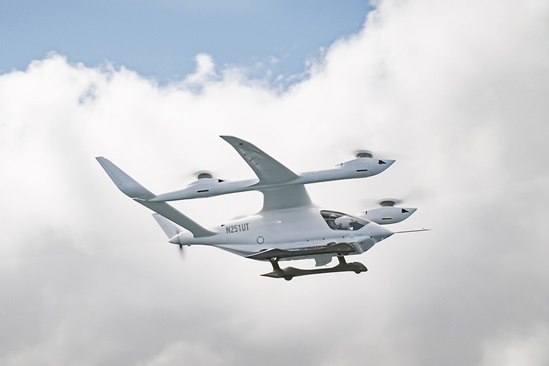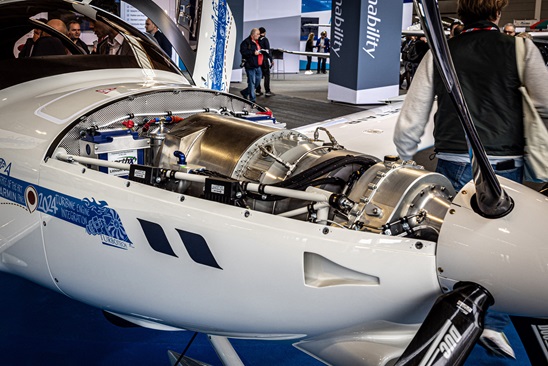As flight school employees, we often recognize the value of social media as it pertains to keeping in touch with current students and attracting new students—but have you considered that there’s another really easy and important way to utilize social media for your personal and professional benefit?
Networks such as Facebook, Twitter, and LinkedIn were created for—you guessed it—schmoozing. As businesses, we often get so caught up in the marketing platform of social media—establishing new customers—that we forget about the other, core benefit of social media: networking.
It’s always been said that getting ahead in aviation is about whom you know; if you’ve been around long enough, you know that’s absolutely true. In an industry where face-to-face connections matter, it’s important to spend as much time exchanging business cards as you do making cold calls. The flight instruction industry is no different.
It used to be that we’d make connections through handshakes at meetings and events, and occasionally we’d meet someone at random. But social networks like Twitter, Facebook, and LinkedIn make it much easier and less expensive to create those connections. This is not to suggest that social networking is a replacement for face-to-face networking; it is not. But we can—and should—use social media to our advantage to facilitate those face-to-face connections.
Many of my own aviation industry connections have been made through Twitter and LinkedIn. Others I’ve talked to agree. “I’d say that about 80 percent of my industry contacts have been initiated through social media,” said Ian Hoyt, founding partner at aviation marketing firm Wilbur Inc. (with whom, I should add, I first connected on Twitter). “Our industry will always rely on face-to-face networking. Although there’s a lot of legacy still, social media is absolutely taking over as the new networking tool. And if you’re not on the train, you’ll be left behind.”
Flight schools and freelance instructors can benefit greatly from social media when used as a networking tool. By following and interacting with other industry associates and businesses—other flight schools, aviation media representatives, professional organizations, suppliers, and customers—you can expand your network strategically and very, very quickly. Of course, not all of the connections made through social media will prove meaningful, but the opportunity exists for you to make them as meaningful as you’d like to, and, as we know, one connection can often lead to another.
As far as which social platform is the most valuable for aviation companies, Hoyt said LinkedIn is a social platform that many people undervalue, and it is important to aviation professionals, specifically. “Small businesses in the aviation sector have so much to gain from LinkedIn. Everyone on LinkedIn is looking to grow their network in the business realm, and it’s a better qualifier for sales and marketing than other platforms,” he said.
Looking for other ways to make social media work for you? Try this list of “Five Marketing Tasks You Can Accomplish Using Social Media Tools,” posted online by Aviation Business Consultants International. Organizing events and advertising them through social media channels is a method used more and more often among aviation businesses. An initial connection might be made during a Twitter conversation, for example, and then further established in person at EAA AirVenture. (It’s happened to me plenty of times.) Taking advantage of industry events such as AirVenture and Sun ’n Fun to organize a networking event for your social media connections is a great way to connect with a large number of people in a short amount of time.
When you think about it, social networking is nothing new. It’s basic networking, just in a new medium. Don’t let the train leave without you. Jump on!
Sarina Houston is a flight instructor and freelance writer.


